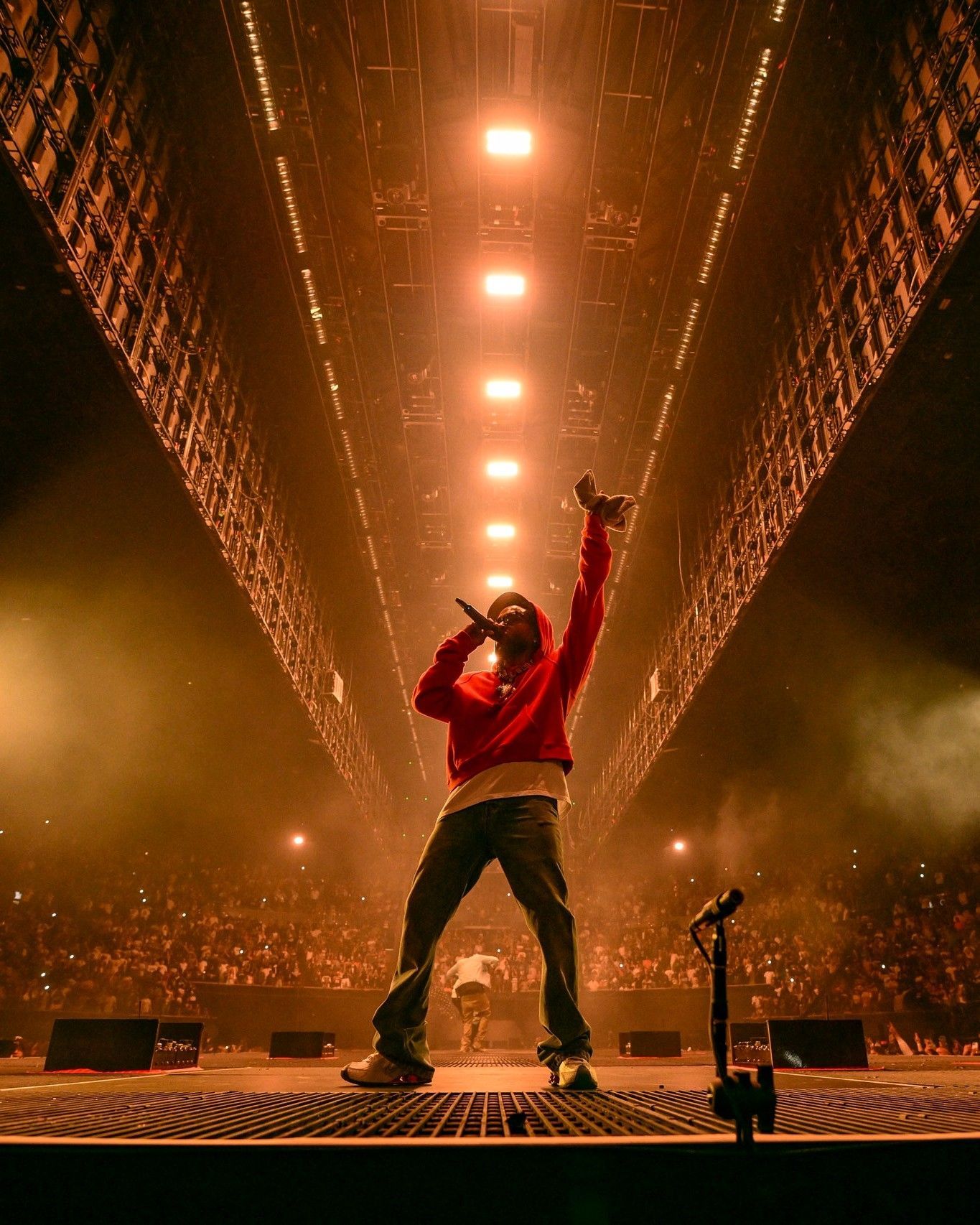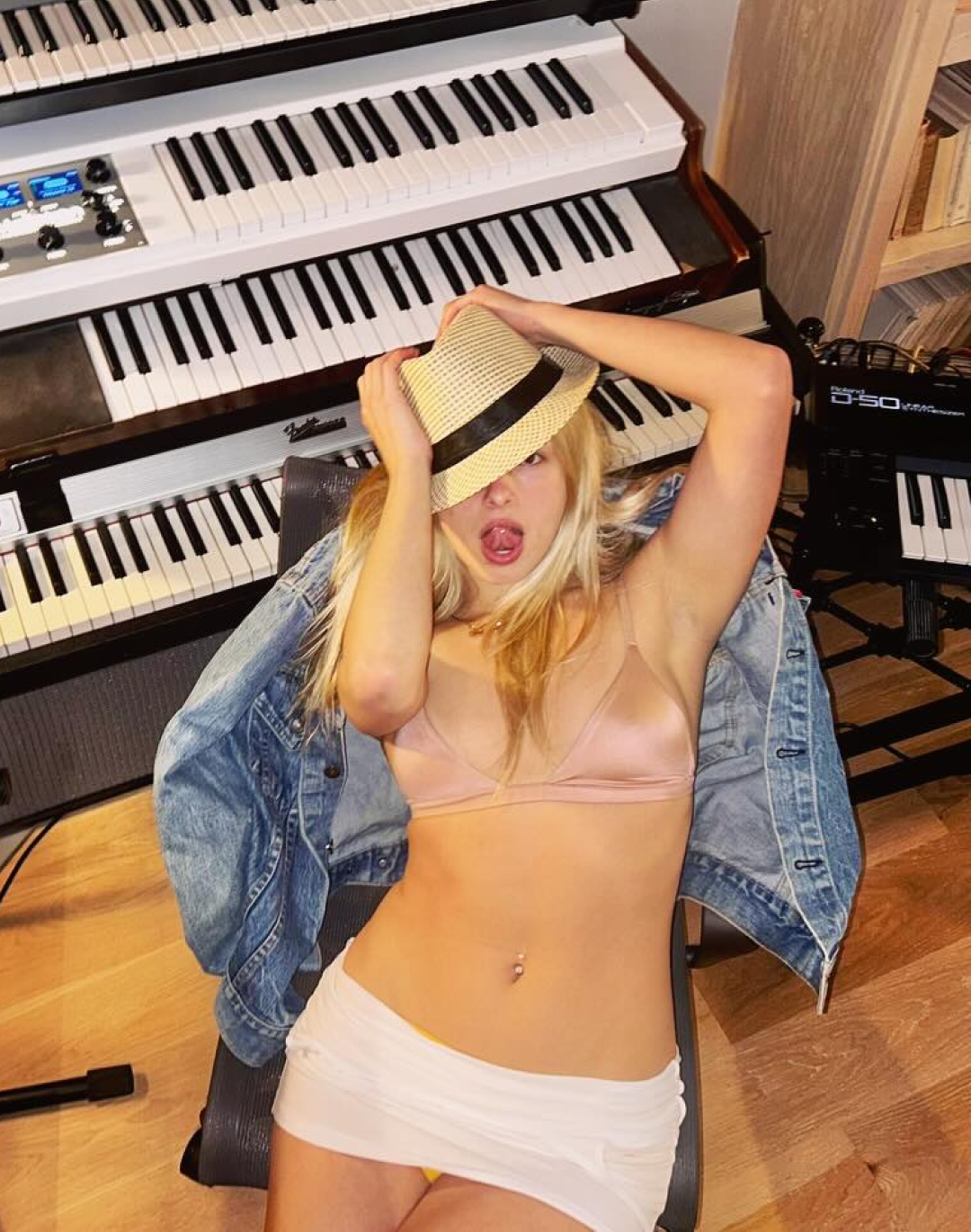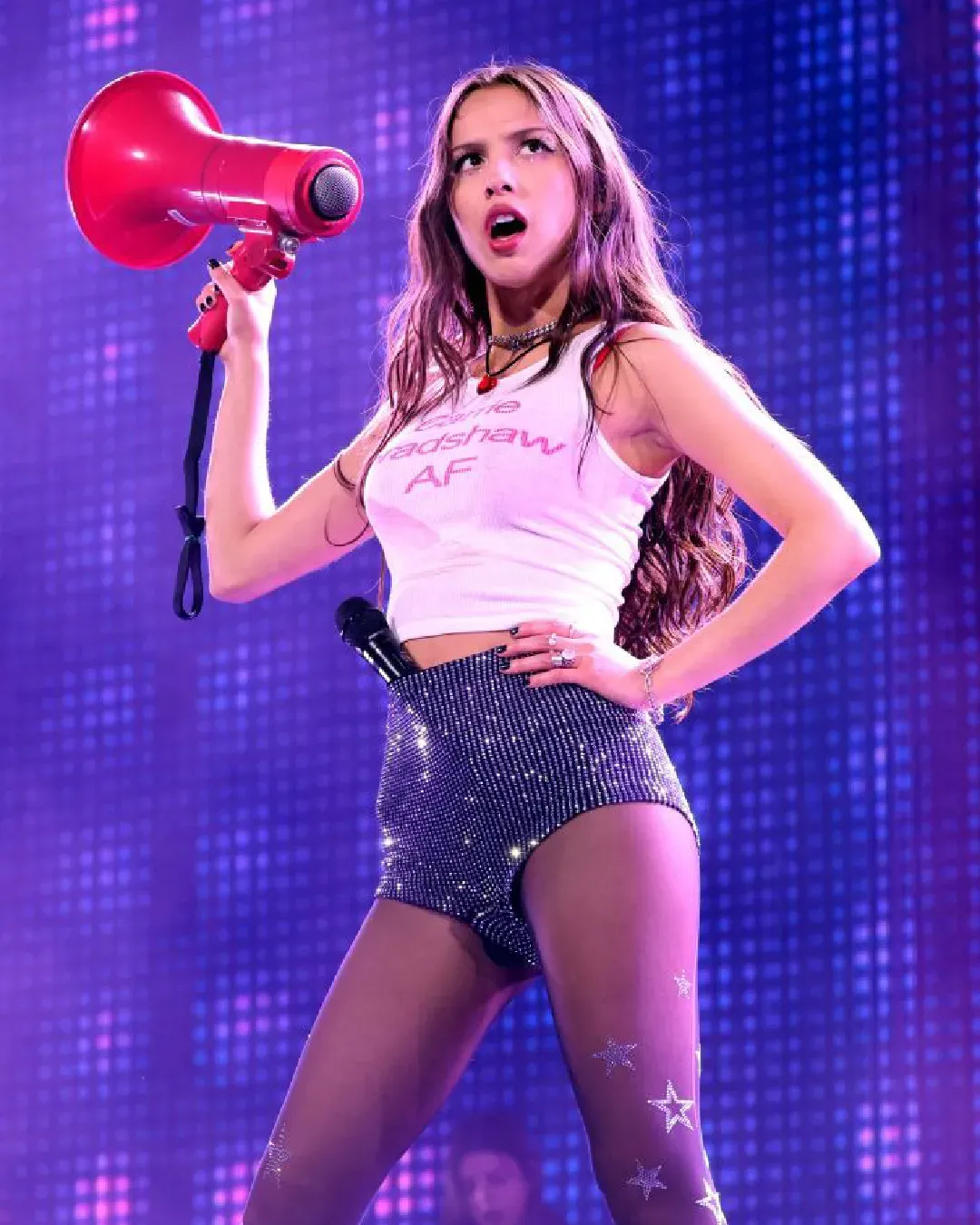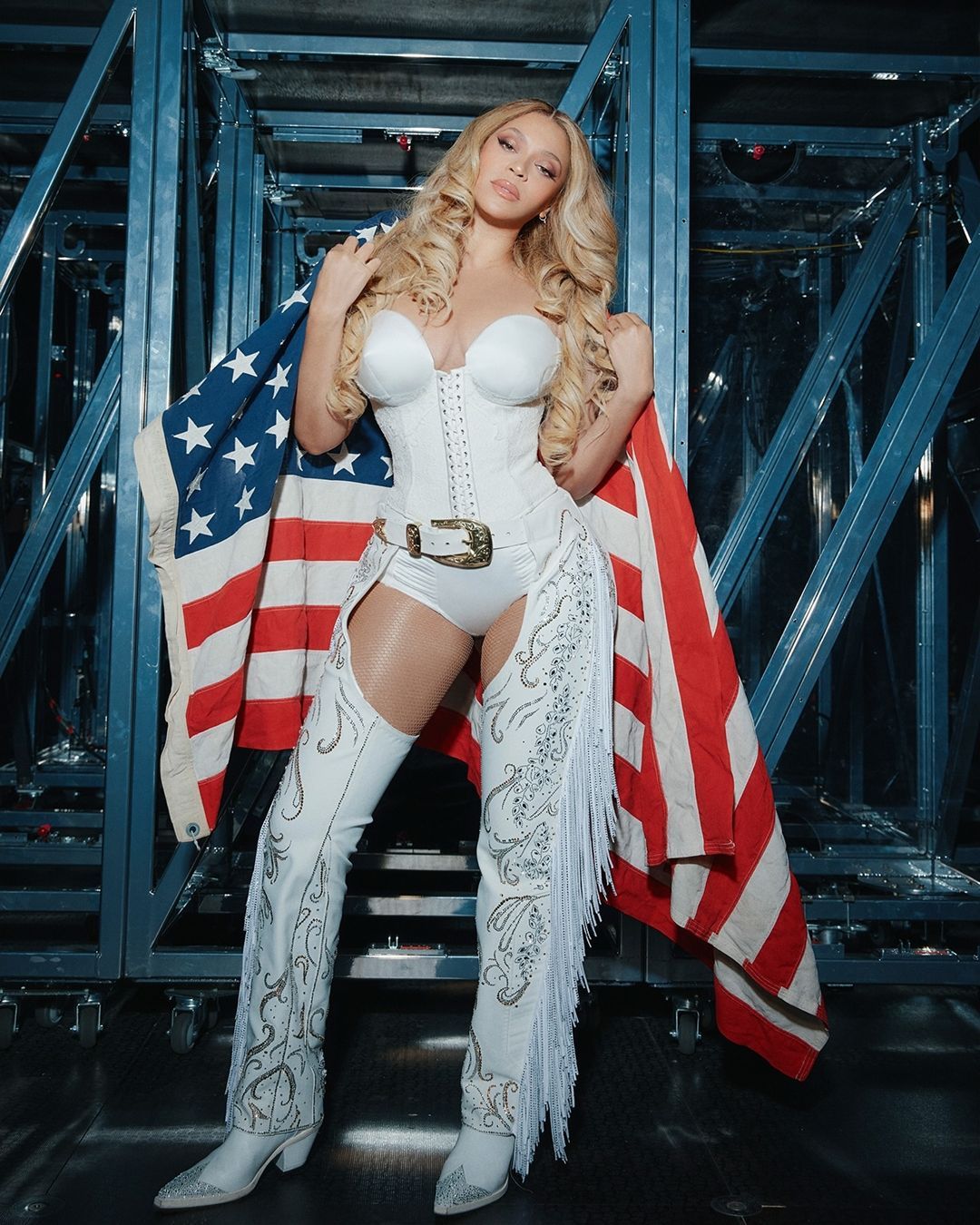
Are concerts the new fashion shows? Partly yes, partly they are even better than fashion shows
There was a time when singers were just singers: if their outfit at a concert caught the audience's attention, there was really no way to find out who designed their clothes. Not that fashion was absent per se, especially in music videos where pop stars wore the best of early 2000s runway shows, but simply not much information was provided about it. Today things are different: the outfits worn by Beyoncé and Madonna on their world tours are meticulously analyzed and cataloged, those of Taylor Swift even have the power to sell out the brands she wears; and in some cases, the singers themselves are brand ambassadors who dress them for the entire duration of their tours. But if Celine signs up rocker friends of Hedi Slimane left and right, Etro strikes deals with Angelina Mango and Diesel with Damiano David and Prada dresses Troye Sivan on and off the stage, many concerts and shots of singers are starting to create standalone fashion moments: think of Kendrick Lamar showing up at a show in a The Row hoodie, think of Taylor Swift who boosts Area sales by wearing the brand's crystal-covered slit jeans, Lana Del Rey in Dolce&Gabbana and, here in Italy, Mahmood who, thanks to Lisa Jarvis, has become the country's most fashion-forward pop star. In short, if in the past fashion heavily flirted with music, today it requires a more enduring, more public, and above all, more profitable commitment. But why have concerts become the new runway shows?
The acceleration of the partnership between fashion and music is the result of modern marketing needs and has been experimented with enormous success in recent years with the K-Pop boom. The ecosystem of Korean idols is, in fact, a more rigidly formalized environment compared to what we are used to, a terrain that lends itself excellently to individual and group partnerships. This is the case with ENHYPHEN, a Korean boy band that has become a fixture at Prada shows; it is the even more striking case of BLACKPINK, whose individual members have essentially become fashion powers, including Jennie who recently walked for Jacquemus in Capri; it is the case of Riize and Thai rapper BamBam recently included in the great Louis Vuitton family. The outfits of these and other stars, whose fandom is much more online and absurdly more passionate than one can conceive elsewhere, are deconstructed and identified online, imitated by force of dupes, or in the best cases replicated, the attention they receive is such that even Western pop culture has taken a similar interest in identifying the brands worn by the stars who, in turn, by relying on prominent stylists, have also begun to expand their stylistic palette transforming dusty music festivals like Sanremo into a five-day-long fashion runway: case in point, Mahmood recently wearing a suit from the SS24 collection by Dion Lee – a highly appreciated and very "insider" brand, testifying to an appreciation and level of research that goes far beyond the usual reference frameworks for Italian singers who typically prefer to play it safe when it comes to fashion.
@nssmagazine Yesterday night Karol G performed her Mañana será Bonito Tour in Milan, at the Unipol Forum. What do you think? #karolg #karolgfans #karolgmusic #karolgtour #tour #concert #performance #concerto #live #milan #milano #italia original sound - nss magazine
If the fashion show has today become a marketing tool in the entertainment realm, thus starting to enrich itself with live performances such as the jazz concert by Amiri at Paris Fashion Week or the video performance by Glass Beams at Undercover's show (luckily fashion also cares about indie music) but also performances like the one seen by Rick Owens, a pop star's concert is something enormously bigger. Firstly, because concertgoers are practically programmed to adore their star's outfits; secondly, because a singer's outfit draws much more attention than one on the runway; thirdly, because from a communication point of view, the brand operates in a community with already well-defined boundaries that has a much higher probability of responding to the promotional stimulus and "spreading the word" through reposts, tags, and of course, going to buy from the brand in question in person. How many men outside of fashion discovered Miu Miu thanks to Tony Effe? And how many Loro Piana, Lacoste, Burberry? The impact of the Roman rapper emerged in all its power at the only moment of Milan Fashion Week when the indeterminacy between fashion show and concert was total: the presentation of PDF by Domenico Formichetti where fashion and music, show and concert were indistinguishable entities. But, returning to concerts and singers, with the renewed collective love for live experiences, the symbiosis of fashion and music not only seems fully in place but also seems to be working great. The real question now is: how will it expand?















































